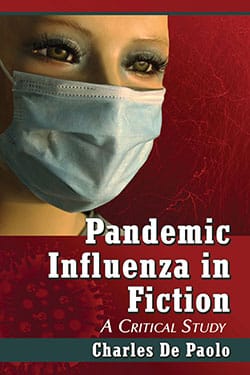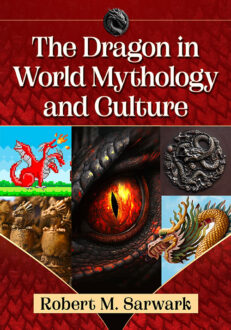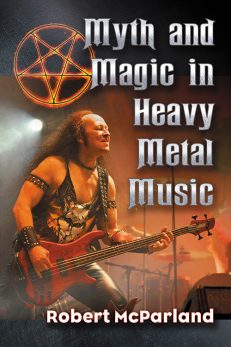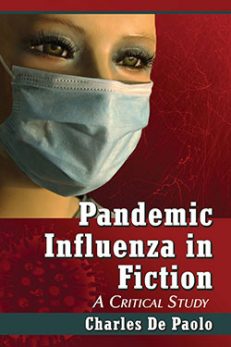Pandemic Influenza in Fiction
A Critical Study
$39.95
In stock
About the Book
The influenza pandemic of 1918–1919—the worst widespread outbreak in recorded history—claimed an estimated 100 million lives globally. Yet only in recent decades has it captured the attention of historians, scientists, and fiction writers. This study surveys influenza research over the last century in original scientific and historical documents and establishes a critical paradigm for the appreciation of influenza fiction. Through close readings of 15 imaginative works, the author elucidates the contents of and the interaction between the medical and the fictional. Coverage extends from Pfeiffer’s 1892 bacillus theory, to the multidisciplinary effort to isolate the virus (1919–1933), to the reconstruction of the H1N1 viral genome from archival and exhumed RNA (1995–2005), to the emergence of H5N1 and H7N9 avian viruses (1997–2014).This book demonstrates that pandemic fiction has been more than a therapeutic medium for survivors. A prodigious resource for the history of medicine, it is also a forum for ethical, social, legal, national defense and public health issues.
About the Author(s)
Bibliographic Details
Charles De Paolo
Format: softcover (6 x 9)
Pages: 240
Bibliographic Info: notes, bibliography, index
Copyright Date: 2014
pISBN: 978-0-7864-9589-4
eISBN: 978-1-4766-1692-6
Imprint: McFarland
Table of Contents
Acknowledgments vi
Introduction 1
Part One. The Recovery (1892–1946) and Recursion (2005–2006) Periods 11
1. The Discovery Period: 1892–1940 12
2. Literature of the Recovery Period: 1921–1946 34
3. Fiction of the Recursion Period: 2005–2006 72
Part Two. The Characterization Period (1995–2005) 115
4. The Characterization Project: 1995–2005 116
5. Terrorism and the Biological-Attack Scenario 121
6. Fiction of the Characterization Period: 1998–2005 139
Part Three. The Novelistic Period (1997–2014) 159
7. Avian Influenza 160
8. Novel Virus and the Approval of Q-Pan 176
Chapter Notes 193
Bibliography 199
Index 225





